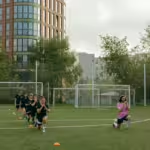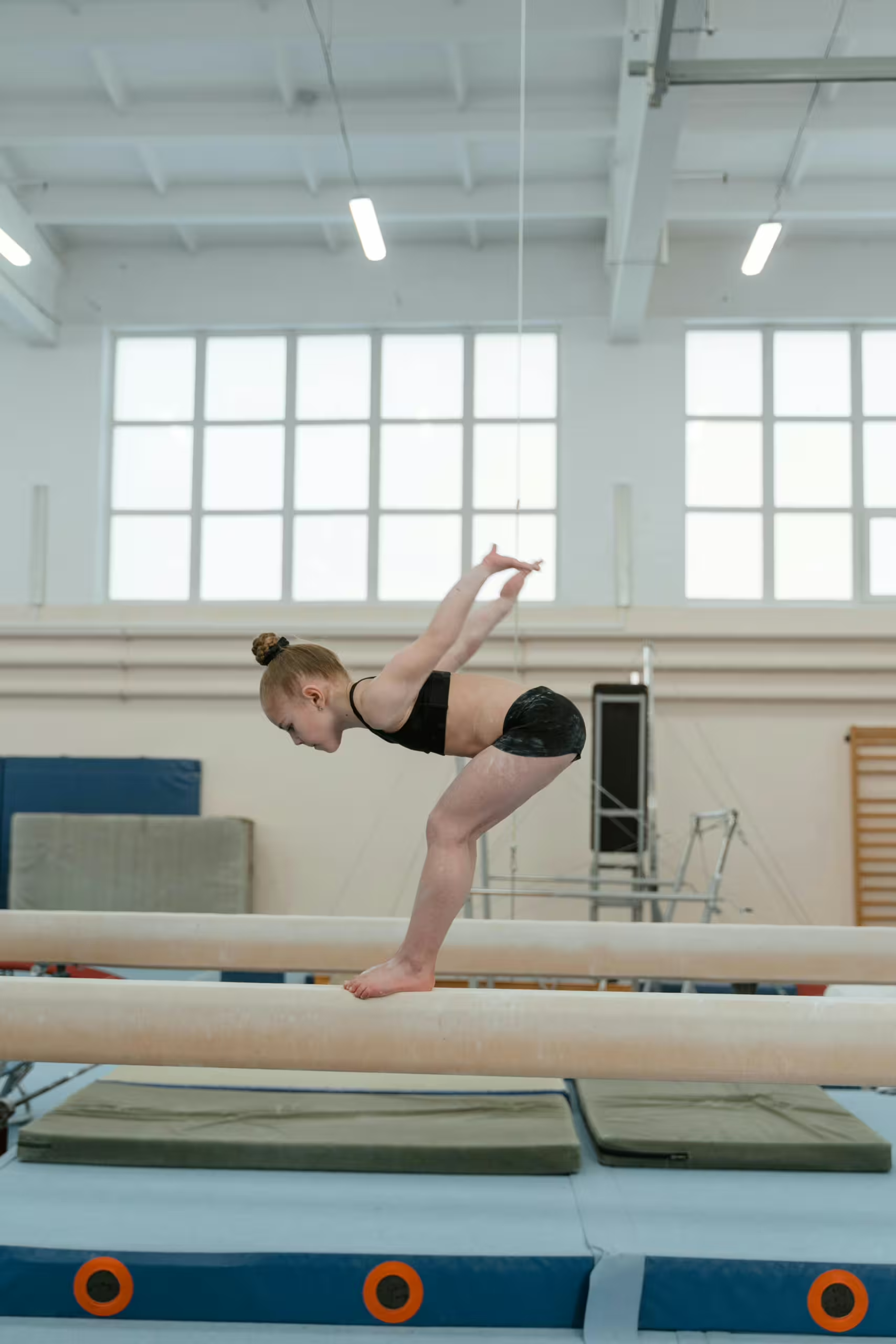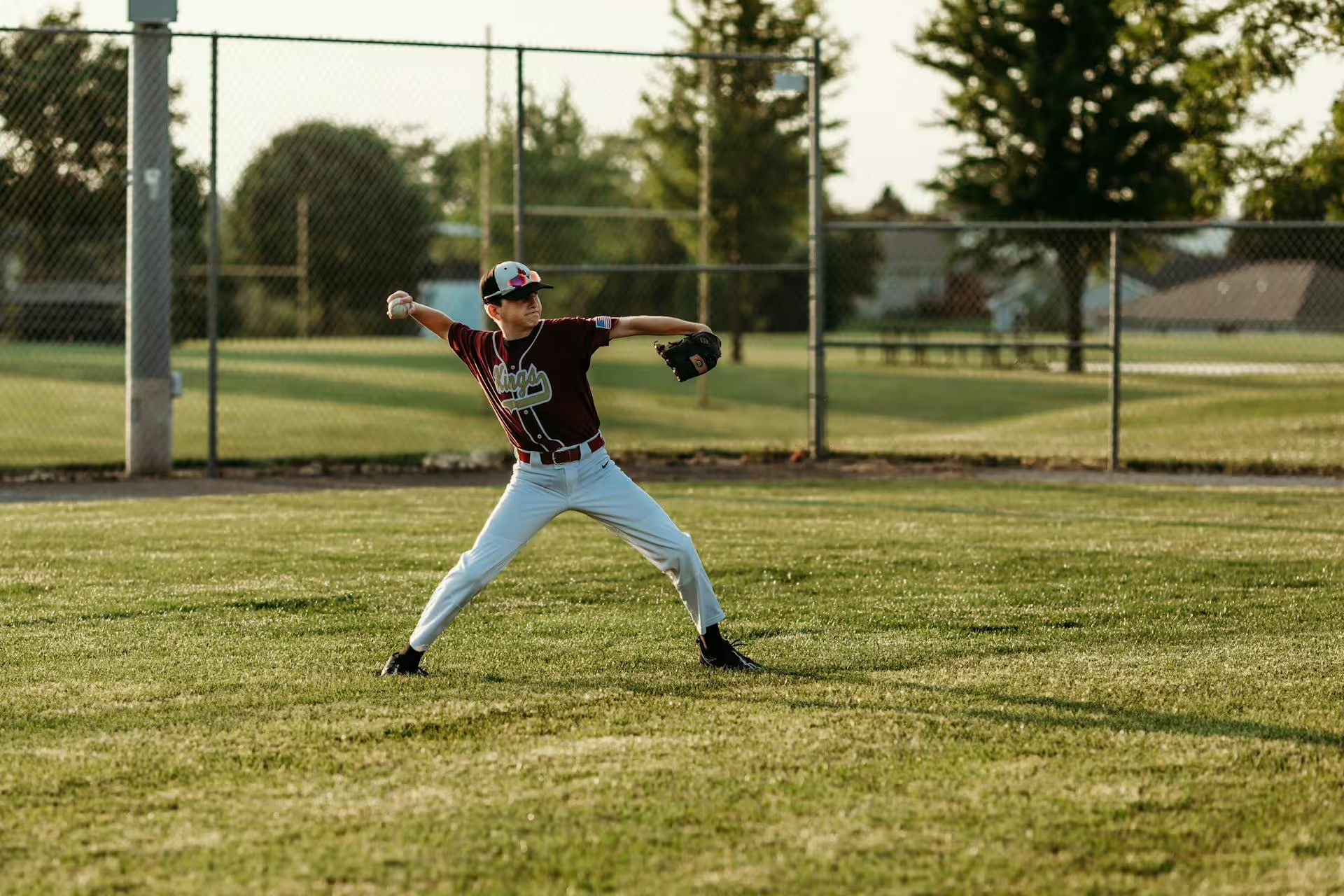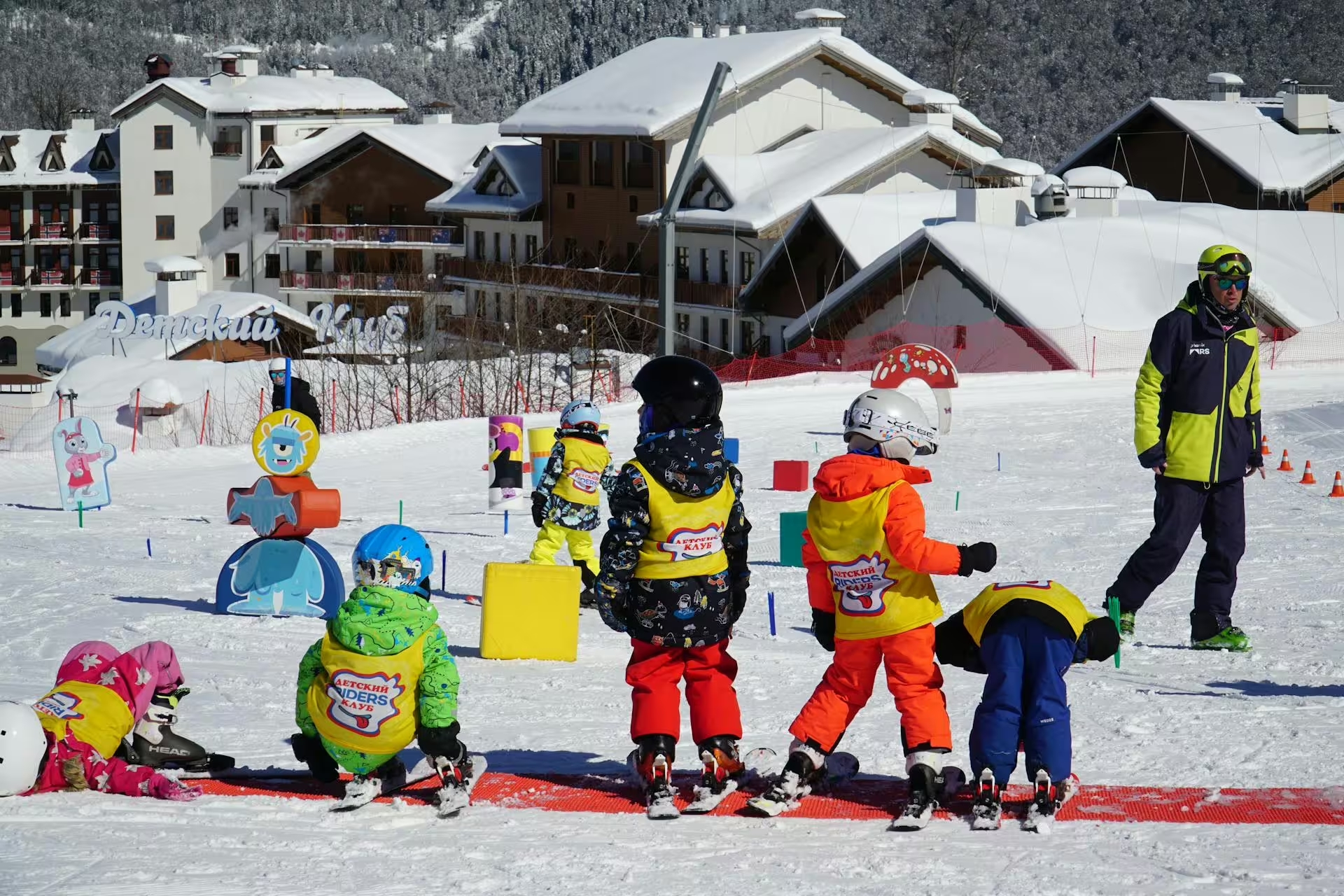People often refer to tennis as the “sport for a lifetime.” This is not some hyperbolic terminology either, it has been given that colloquial catchphrase for good reason. Tennis is a game that kids, teens, and adults alike can play for fun, fitness, and as we have witnessed in the Olympics and professional sports, for serious competition.
For many parents, introducing their children to tennis opens the door to a lifetime of benefits, including physical fitness, mental toughness, social skills, and sportsmanship; not to mention the added bonus of fame and fortune if they happen to be savvy enough. Yet, these benefits aside, some big questions still remain, chief among them; When is the right time for kids to start tennis lessons?
Also, one must consider if introducing one’s child to the game of tennis from an early age will actually help them in the long run. Mightn’t it also provide unnecessary stress for a young child, especially one who doesn’t take to the game right away? So, how then can parents support early development without overwhelming their child in the bargain?
In this article, we will help parents to navigate these questions and many others. We will help you determine the right age to introduce tennis and which key developmental milestones you should endeavor to hit. At the same time, we will offer tips for supporting your young athlete, as well as how to lay the groundwork for a lifelong love of the sport. Finally, we will cover a few special considerations for competitive play and how to make sure your child stays happy, healthy, and motivated along the way.
When Should Kids Start Playing Tennis?
Sorry if this feels like a non-answer, but most experts agree that there is no one-size-fits-all approach to when a child should begin tennis. What we can tell you is that children can start experiencing tennis through fun activities as young as 3 to 5 years old. We can also tell you that most formal lessons typically begin when the child is between 5 and 7 years old. The thing is, and you probably already know this, but each child develops at their own pace. The good news is that tennis, in and of itself, is versatile enough to meet kids where they are in terms of developmental stage.
Ages 3–5: Introduction Through Play
For now, we will begin where we can, at the 3 to 5 age range. At this stage of their tennis “career,” kids are only just beginning to develop the most basic motor skills like running, jumping, balancing, and hand-eye coordination. For those who have actually seen or played in a tennis match, you could see how such skills would be beneficial, right off the bat…er…racket.
Most of the time, this age is where kids can just enjoy tennis-themed games; ones that emphasize movement, balance, and simple hitting activities. They don’t really need technical instruction at these tender ages, nor would it do much for the vast majority of them. That’s why, at this stage, it’s important for parents to focus on the fun. To that end, they can allow kids to, play with balloons or beach balls using small rackets, use creative activities like obstacle courses to improve agility, or focus on the simplest of racket skills.
Determined parents can even set up mini courts in their driveway, backyard, or even indoors using tape and soft balls. Remember, keeping the whole enterprise playful reduces frustration and builds excitement for greater lessons in the years to come.
Ages 5–7: Structured Lessons Begin
By the time your kid has reached age 5 or 6, they have likely developed enough physical coordination, attention span, and listening skills to benefit from more formal, structured tennis lessons. These lessons are still beginner lessons, mind you, and parents should expect them to contain the following elements:
- Beginner lessons should be 30–45 minutes long to match the still shorter attention spans of the children playing them.
- These lessons should emphasize fun and positive reinforcement over match wins.
- The most basic lessons should focus on movement, stroke fundamentals, and simple rallying.
- Most times, beginner lessons utilize modified equipment (like low-compression balls and mini nets) to ensure that kids experience more success from the get-go.
- Parents and coaches should always be celebrating small milestones — like consistently hitting over the net or rallying a few balls — as this positive reinforcement fuels motivation and joy.
Ages 8–10: Developing Skills and Competitive Play
By this stage, children have far better coordination, greater strength, and more focus than they did when they first started out. Thus, this is the perfect time to introduce:
- Match play basics (understanding points, games, sets)
- Light competition with sportsmanship emphasized
- Building tactical awareness (where to place shots, basic strategy)
Kids who play at this stage can expect to see tennis becoming a more regular part of a their weekly schedule. Parents and coaches can work together to blend practice with fitness, skill-building, and social time with their friends and teammates.
How Parents Can Support Early Tennis Development
As cut-and-dry as it might seem to the uninitiated, tennis is a rather technical sport; one that requires practice, patience, and encouragement. This is why parents play such a crucial role in helping young athletes grow in skill and success. That said, it’s important for parents to strike the right balance between being helpful and overbearing.
Here are key ways parents can help without harming:
Focus on Fun First
At Cultured Athlete, we have always been very clear about how important fun is when it comes to kids’ sports. The goal is to build a love for the sport, not push them away into something else. As with all competitive sports undertakings, winning and technical perfection will undoubtedly play a role, though this will come much later — for now, it’s more about fun, energy, and enjoyment.
These are some ideas to keep things fun and light:
- Family tennis days where everyone plays the game together.
- Creative games like target hitting with cones and rackets.
- Letting your kids invent their own tennis games or challenges and trying them alongside them.
The more your child associates tennis with joy, the more motivated they will be to improve naturally, and of their own accord.
Choose the Right Coach and Program
The coach you choose is going to be important, as it will have a huge impact on your child’s early experiences with the sport.
When checking out potential coaches, look for:
- Coaches certified by youth-focused organizations (like the USTA or PTR)
- Small class sizes for lots of personal attention. This way your kid can build the skills they need to go farther.
- Positive and energetic coaching styles. The more upbeat the better, we say!
Don’t hesitate to observe a few lessons before committing to a coach, league, or team. One thing to keep in mind; the coach’s energy should match your child’s personality, making lessons something they look forward to.
Use the Right Equipment
Using child-sized equipment isn’t just convenient — it’s actually essential for good technique. Feeling comfortable with the game equipment is a great way for kids to build early confidence.
The right setup includes:
- 17–23-inch rackets are ideal for younger kids, though it also depends on the child’s age and height.
- Red, orange, or green are the most common colors for tennis balls. The child-specific ones are designed so that they bounce lower and move slower than regulation tennis balls.
- Smaller courts or portable pop-up nets are best for kids as they make hitting over the net actually achievable, regardless of assumably diminutive stature.
Remember, parents, poor-fitting equipment can frustrate children early on and could end up being a factor that hurts their love for the game, so take time to get it right and make sure they are comfortable with it.
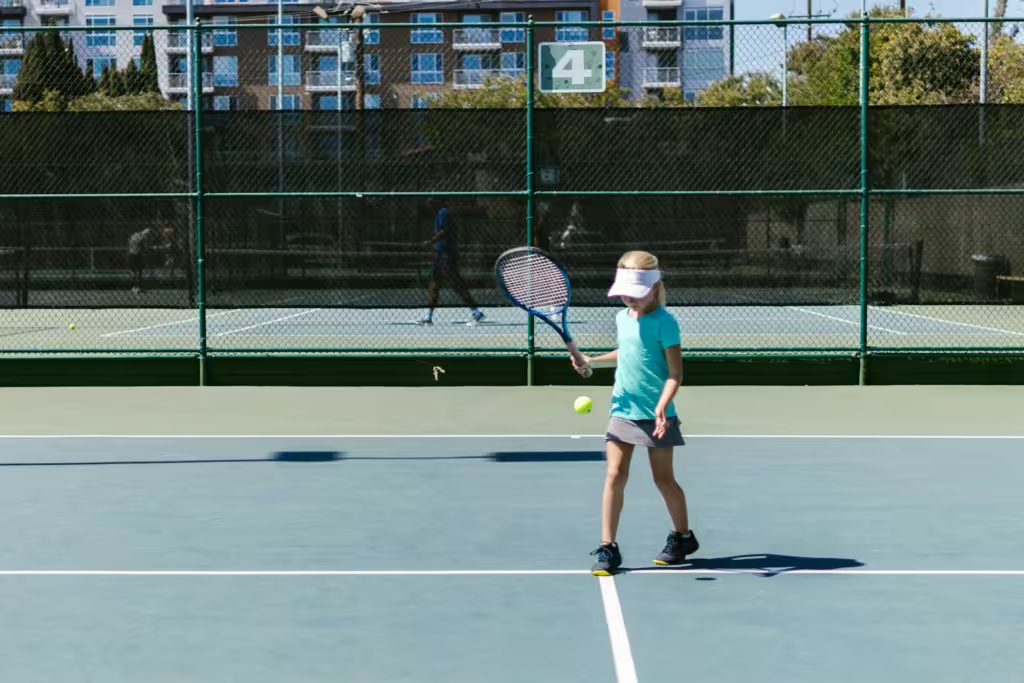
Be a Positive Cheerleader
Though some parents don’t realize it, children are extremely sensitive to their parents’ tone and all manner of feedback they choose to provide. This means that they can quickly tell if one of their parents is proud, frustrated, or impatient — and of this affects their self-esteem.
As a parent you are going to want to ensure you do the following in service to positivity:
- Cheer for effort (“I love how hard you tried!”)
- Avoid coaching from the sidelines. Let the coach do their job.
- Stay neutral about wins and losses. The losses are going to get to them enough, you want to make sure you don’t show your own disappointment. It’s best to highlight improvement instead of caring about the wins and losses.
- Parents can utilize car rides home as a time for encouragement, not critiquing the way the child played.
Remember, positive reinforcement builds resilience and the courage to keep trying even when things get tough.
Signs Your Child Is Ready for Tennis Lessons
Not sure if your child is ready for tennis? There are some things you can watch out for:
- If your child enjoys tossing, catching, or striking objects…not striking as in hitting, but as in a game.
- If your kids can focus on an activity for 20–30 minutes or more.
- If they are excited by games that involve running or hitting.
- Finally, if your kid listens and follows instructions well (most of the time!)
If your child shows all or most of these signs, starting beginner tennis activities could be a fantastic fit for them.
Setting Realistic Expectations
Remember, tennis is a sport that rewards long-term consistency more than early domination. Not all children will realize this right away, however. Some kids will grasp the strokes quickly; others will spend longer mastering movement and timing.
Here are a few important things parents should be mindful of:
- Bear in mind that learning curves can vary widely from child to child.
- Plateaus are natural for children and are not a sign of failure.
- Remember that enjoyment is just as important as skill-building when it comes to any sport, tennis including.
Try and focus on progress, not comparison whenever possible. Some tennis players blossom at 6, others don’t hit their stride until age 16. Either way, there’s no rush!
Handling Frustration and Challenges
Tennis can be emotionally tough for kids — missing a shot or losing a match can feel devastating to someone who lacks the emotional tools to deal with it.
Here’s how you can help them to overcome these frustrations:
- Normalize mistakes (“Even champions mess up!”)
- Remind them that effort matters most
- Celebrate perseverance after tough days
- Offer occasional breaks when needed to prevent burnout
Sometimes, parents will want to utilize some creative approaches like using “goal jars” (where kids add a marble for each practice session completed) or simple reward systems can keep motivation high without turning everything into a “must win” situation, every single time.
Transitioning to Competitive Play
For children who love tennis enough and show more commitment to the sport, higher levels of competition becomes a natural next step.
Entry-level competitions for tennis can include:
- Club-level tournaments
- Beginner leagues
- Friendly match days with prizes for participation and sportsmanship
At this stage, parents should be ready to make some shifts. They should:
- Keep competition friendly and fun
- Focus on what was learned, not just the result
- Celebrate sportsmanship just as much as skill
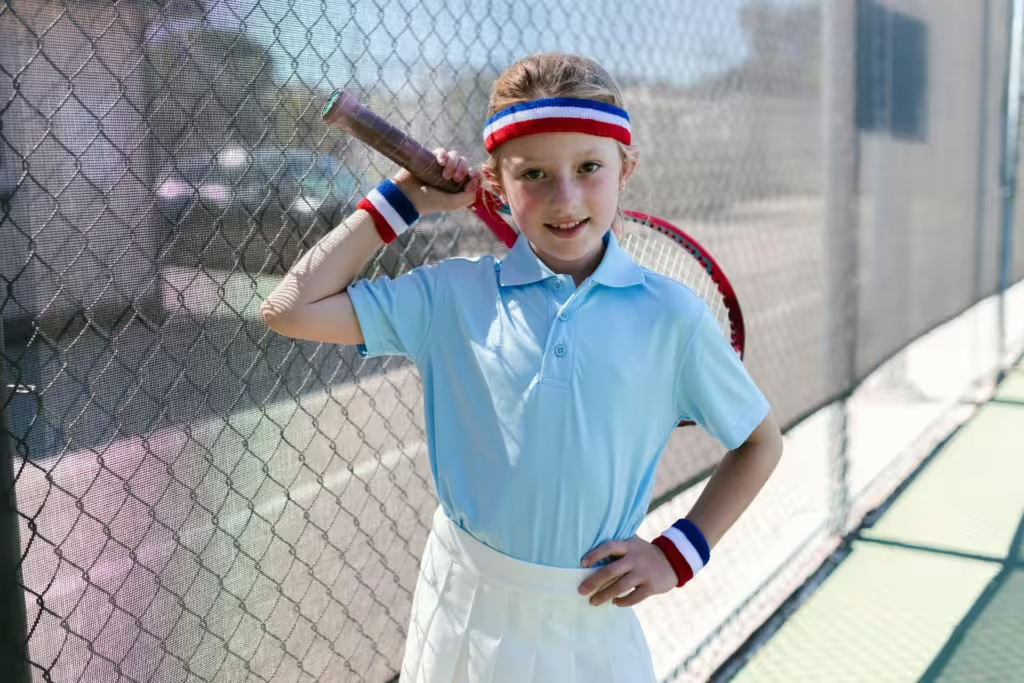
Cultured Athlete Says…
As you can see, introducing your child to tennis can open doors to fitness, confidence, and lifelong friendships. It might not seem like the journey is going to be easy, but there are some hurdles you may encounter along the way. If you do, you will now have the tools to surmount them. Whether they become competitive athletes or just passionate recreational players, tennis will help them to lead a healthier, more physical existence.
Remember, you can start them off early and give them a fun and flexible experience. Also, try to choose coaches and programs that will nurture their experience. Do what you can to equip your child for success with the right-sized gear. Above all else, focus on effort and growth above the win-rate. Your child will thank you for it in the end, and reward you with a lifelong passion for a game they enjoy.
Discover more from CulturedAthlete
Subscribe to get the latest posts sent to your email.



